Cello Lessons
Brentwood
Westwood Village
Tarzana

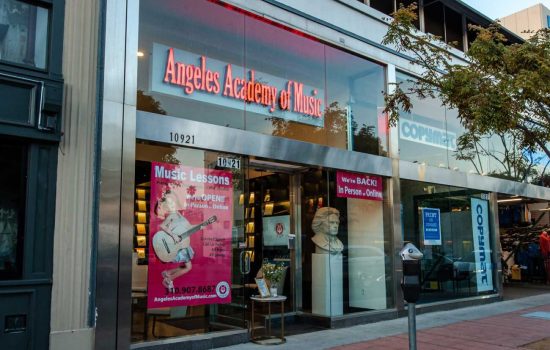

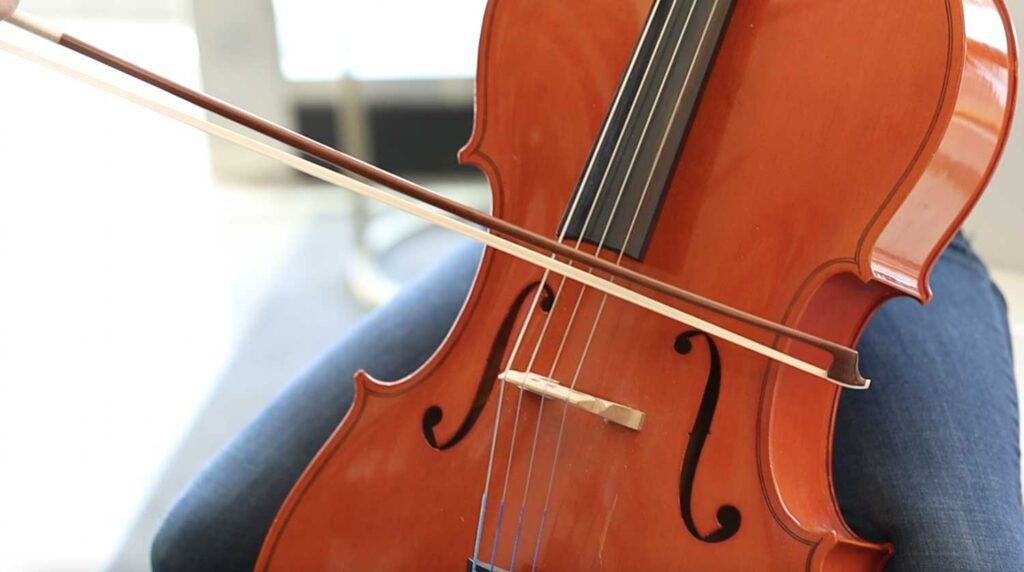
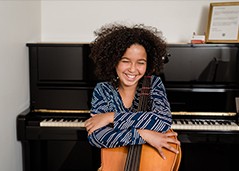
Private Lessons
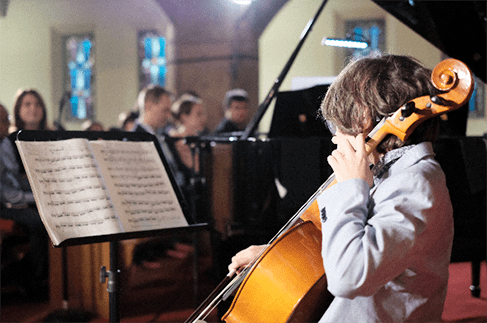
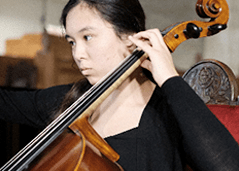
Serving all Ages
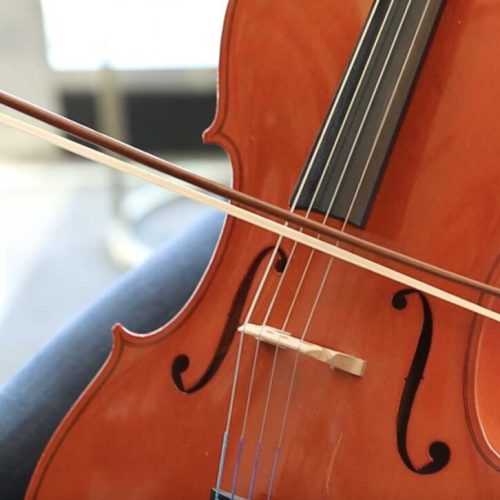
Cello Lessons For Kids
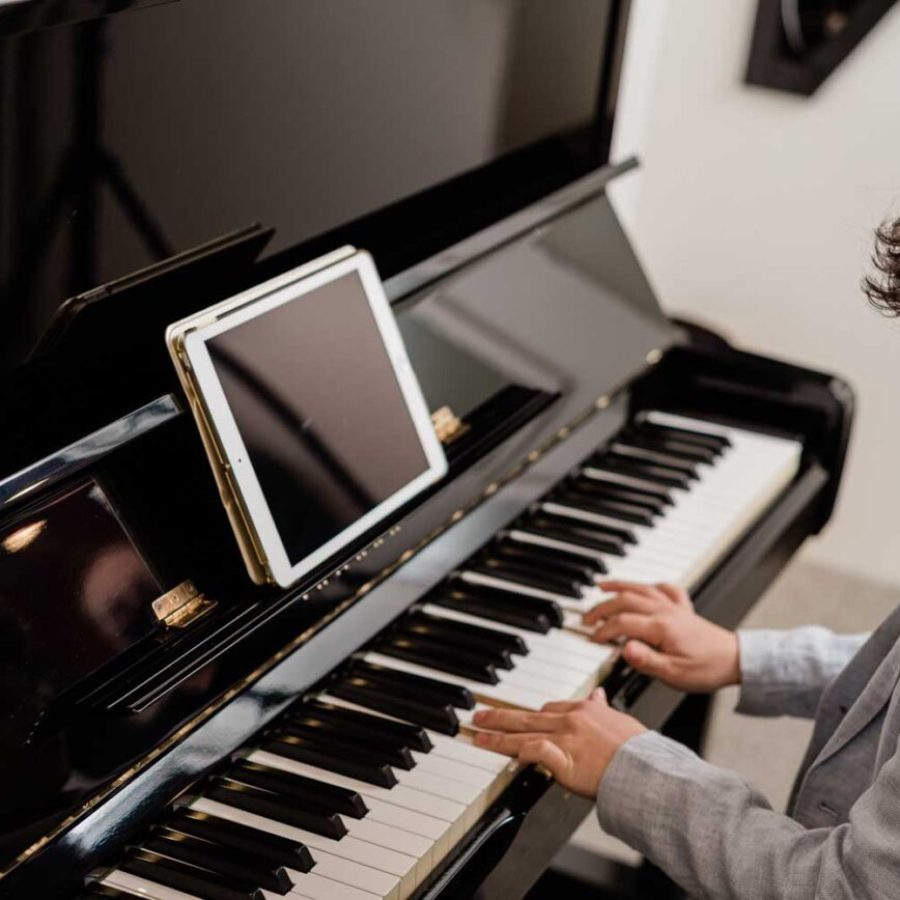
Cello Lessons For Adults

Why Take Cello Lessons with us?
Great Instructors “a great school is just an amazing group of teachers.”
In our hiring process, we filter hundreds of prospective instructors in search of the qualities that make a great instructor. There are four qualities we are looking for. The first is a strong, positive personality. This is just essential to keep you excited about music, and engaged during the lessons. Secondly, we look for the instructor’s ability to create intelligent, achievable goals, that are customized to your needs. Great teachers will help you learn the techniques and skill you need, but do it though the music you love. Thirdly, a great instructor is intuitive. They have the sensitivity to know if what they are teaching you is being understood, and if their delivery is effective, (Keeping the energy and excitement high). Finally, we look for outstanding educational credentials. Our instructors possess degrees from some of the finest music schools in the world, places like Juilliard, USC, Berkley School of Music, Indiana University, and Royal Conservatory of London.
Recitals and Masterclasses
Students can regularly interact with pears by participating in our recitals and masterclasses, consistency you can’t get from a small private music studio. We offer approximately ten recitals per year for a variety of ages and levels, and even an adult recital. At these recitals and masterclasses, we offer achievement rewards such as certificates, metals, and trophies.
Recitals we Offer
- Beginning- Intermediate Level Recitals
- Intermediate -Advanced Recital
- Honors Recitals
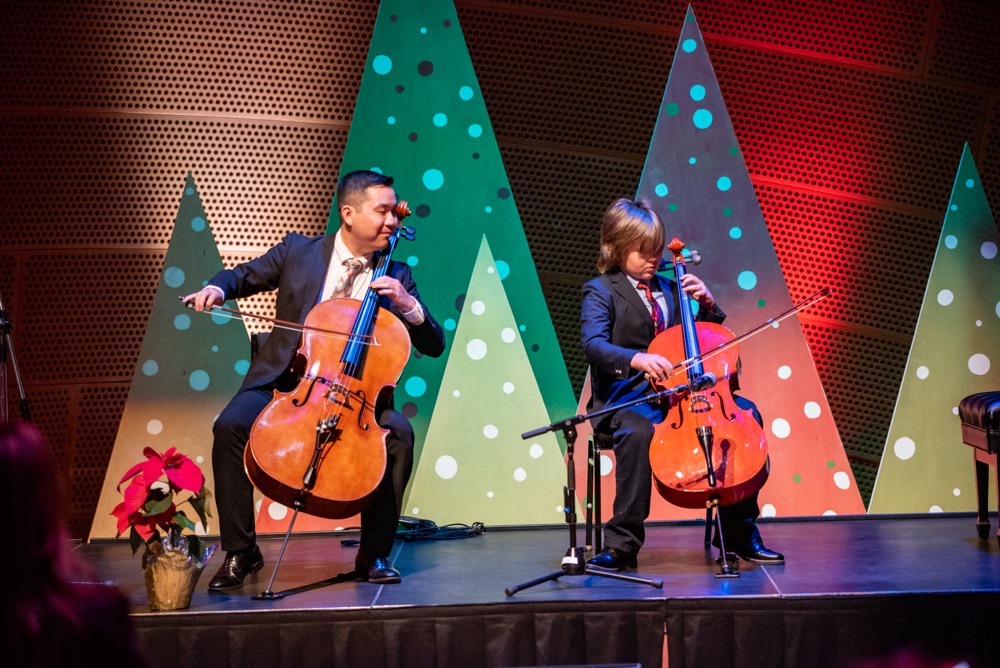
Concerts
Concerts
Angeles Academy sets itself apart with the highest caliber performance opportunities in leading venues around Los Angeles, such as the Beverly Wilshire Ballroom, (Four Seasons), where such events as the Emmy’s are held, as well as the BP hall at the Disney Center. The rare opportunity to perform in these world-class facilities increases student recital participation, preparation, and results.
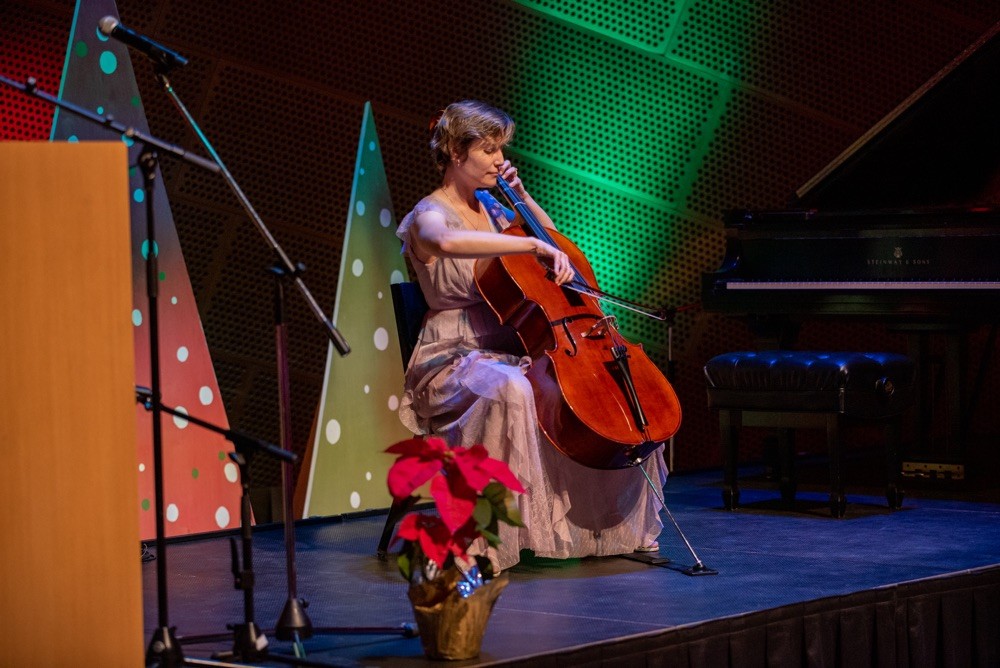
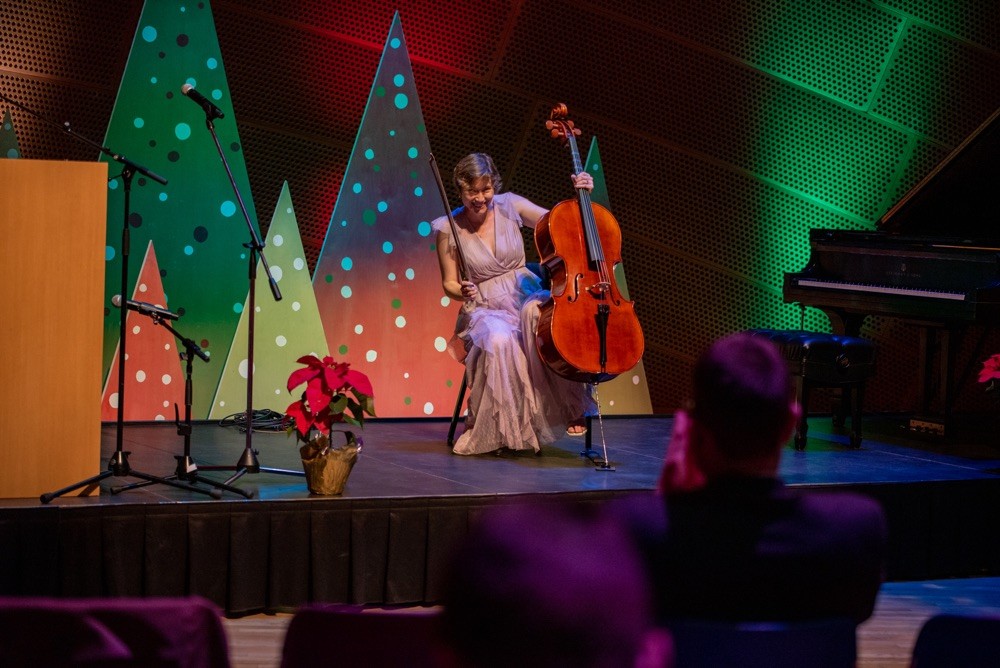

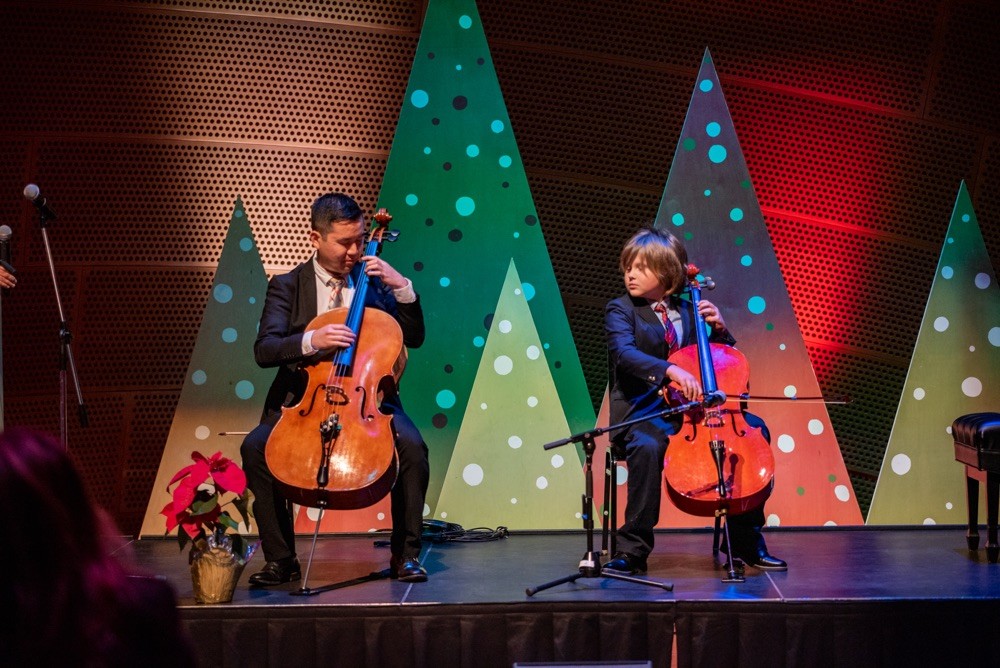
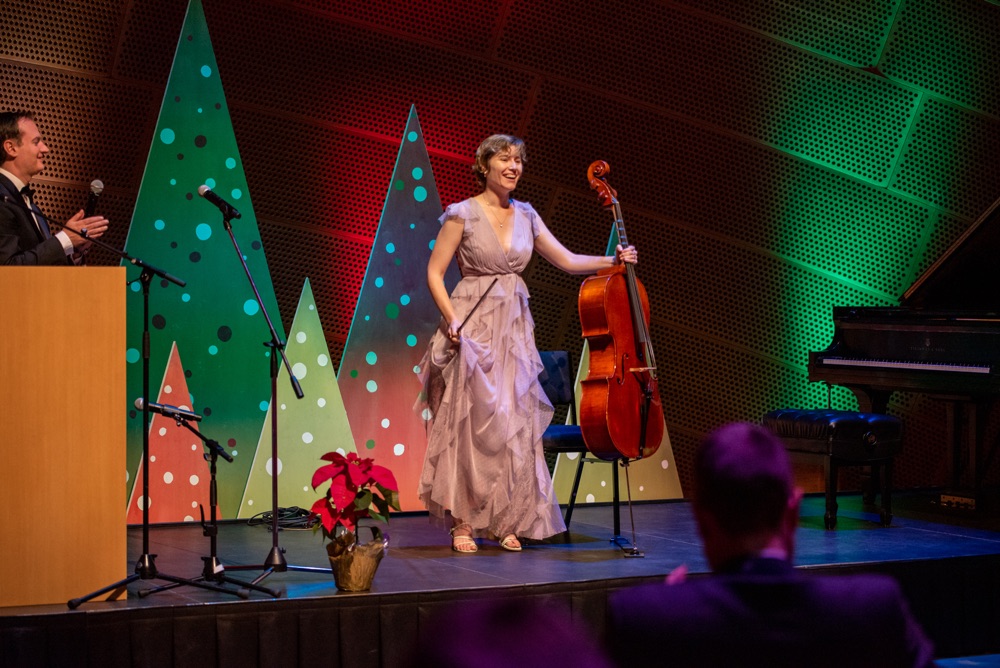


Frequently Asked Questions
Of all the instruments, cello is perhaps the most expressive. It’s range encompasses the human vocal range, and it could be argued, best represents humanity. Compared with other string instruments, it is probably the easiest to start. This is because it’s size and the way it is held is very natural. The rich versatility of the instrument is also appealing. It can be played in an ensemble, blends well with other strings, and then can be featured as a solo instrument. Because the strings are much bigger than the violin, the margin for error is less. This can make it more attractive in the early stages of learning. Finally, as the cello typically plays only one note at a time, music for the cello is written on a single line instead of two lines. This makes sight reading much easier than the piano.
Usually age 5 and up. The question is challenging to answer because it depends on so many factors. If there is a real genuine interest, how much practicing is done at home, and of course a natural affinity for the instrument or not. Young students should be gently encouraged to practice with an emphasis on keeping it fun.
There is no set answer of how long it takes to learn to play the cello. With regular practice a basic level of playing can be accomplished in a few months. Most of our students take lessons on a long term-basis because they want to be constantly improving and they find the lessons enjoyable. The best results are found with consistent practice and performance goals.
This is a question we frequently get from adults students. We believe that it’s never too late to learn anything, and feel that in fact adults have some advantages that can help them learn faster. For example, many adults have a more refined capacity understand the instrument intellectually, and typically a longer attention span. We encourage any adult students to just jump in, start learning, and enjoy.
What will you learn in our Cello Lessons?
To create the perfect hand position for the cello, start by making a C shape with your left hand. Next place this on the fingerboard, with your thumb on the neck of the cello, and with fingers perpendicular to the strings. The shoulder should be relaxed and flexible so that the weight of the arm aids in holding down the strings. If this is done properly, the thumb is not needed to press down the strings. Also, the left shoulder should “float” a winglike feeling of flexibility. There should be a strait line from the elbow through the wrist to the pinky for proper alignment. Once the position looks good, students begin to learn to tap and to shift. Tapping helps to strengthen the hands position, while shifting helps to keep the left hand flexible and mobile which will be necessary for more advanced playing. More advanced students will learn to perfect their hand position. Often the smallest adjustments can unlock huge improvements.
To create the perfect hand position for the cello, start by making a C shape with your left hand. Next place this on the fingerboard, with your thumb on the neck of the cello, and with fingers perpendicular to the strings. The shoulder should be relaxed and flexible so that the weight of the arm aids in holding down the strings. If this is done properly, the thumb is not needed to press down the strings. Also, the left shoulder should “float” a winglike feeling of flexibility. There should be a strait line from the elbow through the wrist to the pinky for proper alignment. Once the position looks good, students begin to learn to tap and to shift. Tapping helps to strengthen the hands position, while shifting helps to keep the left hand flexible and mobile which will be necessary for more advanced playing. More advanced students will learn to perfect their hand position. Often the smallest adjustments can unlock huge improvements.
Sight reading is an important skill for any aspiring musician. To begin, students are taught about treble and bass clefs, (different ranges), and to identify notes that are on the lines, and notes that are in the spaces between the lines. To remember the notes on the lines, students learn phrases such as, “every good boy does fine” The first letter of each word are the notes on the lines of the treble clef from bottom to top. E, G, B, D, F. The notes that are in the spaces between the lines spell the word “Face”, F, A, C, E. As students become faster at identifying these notes based on these simple phrases, the phrases wear off and they simply recognize the note for what it is. In addition to identifying notes, sight reading includes understanding rhythm. Rhythm is differentiated in notation by notes filled in or empty, and with different stems and beams. These indicate different speeds of notes. Even the most accomplished musicians can often improve their sight reading. More advanced training involves pushing speed and looking ahead, and through creating progressive goals.
Music theory teaches us how recognize and identify patterns across all music. It is fascinating because it starts to bring together a clearer understanding, and patterns once complex become simple. Imagine a complicated math equation that actually has a very simple answer.
Learning theory involves a mixture of ear training, (the ability to identify harmonies and melodies), as well as identifying and labeling these patterns on paper. Harmony is seen in notation vertically, and is often what might be described as the background in which a melody is set. Harmony consists of chords, (3 or more notes heard simultaneously), and can be Major, Minor, Diminished, and several others. These differences in sound are often described emotionally; happy, sad, or scary. The beginning of music theory training might involve identifying the difference between a couple of these chords. Ultimately, advanced theory students are able to write out the music they hear, and to analyze harmonies and melodies in musical scores. A full grasp on the structure of music can take years to develop.

Start Lessons
Request info below and we will contact you as soon as possible!
"*" indicates required fields
